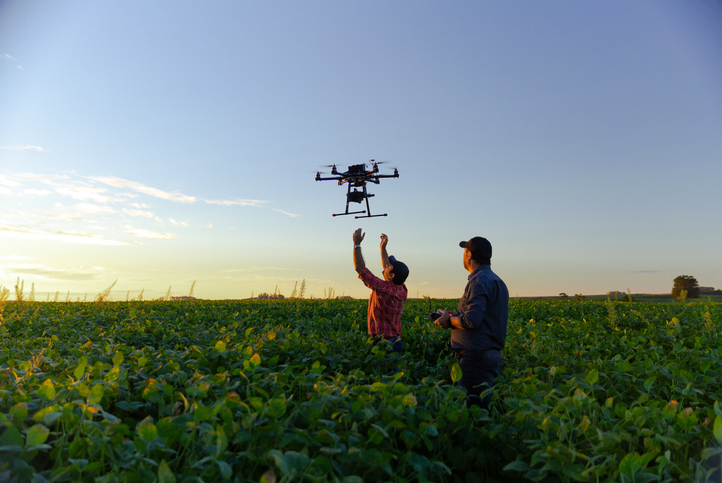In recent years, researchers have started using dolphin-inspired robots for oceanographic observation and underwater research. Early robots used a great deal of energy as they moved through the water. Now, a team from the Institute of Automation in the Chinese Academy of Sciences, Beijing, has developed a dolphin robot that glides to reduce energy use and enhance endurance. Inspired by real-life dolphin movements, these robot dolphins can be a more useful and efficient research tool.
Robotic dolphins are valuable for ocean research because they can perform fast and flexible dolphin-like swimming, depending on their novel structures, multiple sensors, and locomotion control methods. Some robotic dolphins can maneuver in three dimensions, do front and back flips, and leap, while others have maximum thrust flippers. These robotic dolphins have been used for a variety of tasks, such as gathering environmental data from the ocean and monitoring water quality in reservoirs.
 Figure 1: Mechanics of a robot dolphin
Figure 1: Mechanics of a robot dolphin
Although underwater gliders can travel thousands of kilometers in oceans, they often lack speed and maneuverability. The new gliding robotic dolphin, however, achieves high speed and high maneuverability using controllable flippers and fluke for propulsion, while regulating the gliding motion.
“By combining the fluke with flippers strategically, we can further enrich and optimize gliding motions with a dolphin-like propulsion platform,” said Professor Junzhi Yu, PhD, of the research team.
Modelled after the shape of a killer whale, the gliding robotic dolphin’s streamlined body shape, flippers, and horizontal fluke provide an excellent lift-to-drag ratio, which is important for gliding in water, Dr. Yu said. In addition, the gliding robotic dolphin uses electronic motors instead of propellers to reduce noise and protect underwater ecology.
 Figure 2: Robot dolphin prototype
Figure 2: Robot dolphin prototype
“In the future, these robotic dolphins will carry more sensors, such as underwater acoustic systems and sonar navigation, to explore the unknown ocean environment,” Dr. Yu said.
For more information on robotics, visit the IEEE Xplore Digital Library.





